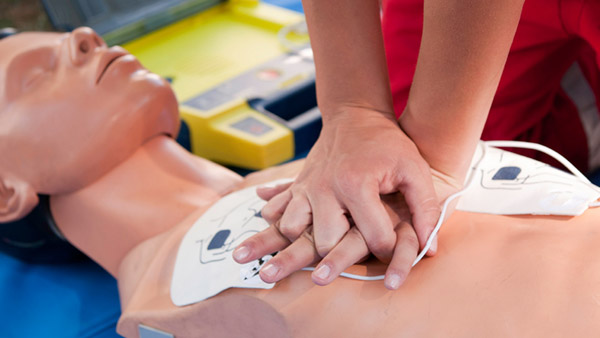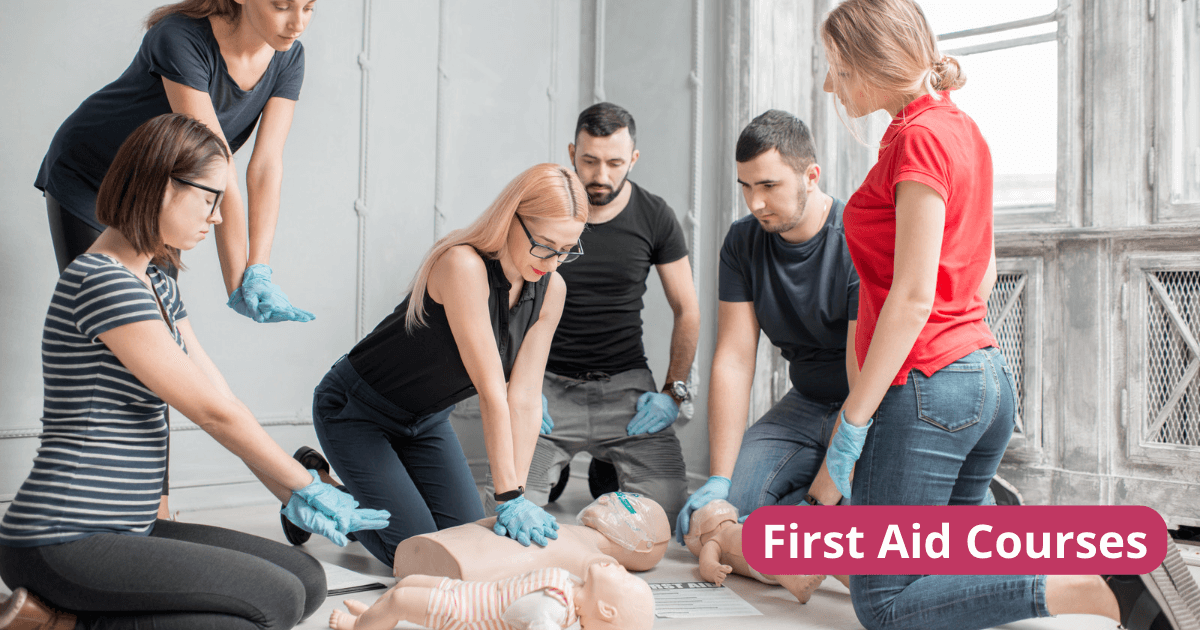Introduction
find first aid courses around CanberraCardiopulmonary resuscitation (CPR) is a lifesaving method that everyone need to understand. However, regardless of its essential importance, various mistaken beliefs border CPR practices and certification. Several individuals may be reluctant to obtain accredited as a result of these misconceptions, which can ultimately set you back lives in emergency situation circumstances. This short article aims to unmask widespread myths concerning mouth-to-mouth resuscitation while highlighting the value of getting licensed with recognized first help courses By recognizing the realities, you can encourage yourself and potentially save a life.
Common False impressions Concerning CPR and Why You Should Get Certified
What Is mouth-to-mouth resuscitation? Recognizing the Basics
CPR means cardiopulmonary resuscitation, a procedure created to bring back breathing and blood circulation in an individual that has quit taking a breath or whose heart has ceased beating. The strategy entails breast compressions integrated with artificial ventilation methods such as mouth-to-mouth breathing or utilizing a bag-mask device.
- Key Components of mouth-to-mouth resuscitation: Chest Compressions: These aid keep blood flow to essential organs. Rescue Breaths: These offer oxygen to the lungs. Automated External Defibrillator (AED): A device that can shock the heart back right into rhythm in case of certain heart arrests.
Misconception 1: Just Doctor Can Do CPR
One common myth is that just trained physician can do mouth-to-mouth resuscitation effectively. While healthcare providers are absolutely competent at it, anyone can learn just how to execute CPR with CPR courses
- The Reality: Laypersons can be trained to carry out efficient CPR. Basic strategies are straightforward and can be mastered by anybody happy to learn. Bystanders frequently play important duties in conserving lives prior to specialist aid arrives.
Misconception 2: mouth-to-mouth resuscitation Is Only Useful for Cardiac Arrest Victims
Another widespread mistaken belief is that CPR is only for individuals experiencing cardiac arrest. In truth, CPR can be helpful in different emergencies.

- Other Situations Where CPR Serves: Drowning incidents Drug overdoses Choking victims where the air passage has been compromised
Misconception 3: You Ought To Avoid Providing Rescue Breaths
Many individuals believe rescue breaths are unneeded or perhaps harmful because of the risk of infection or other concerns. This comes from complication regarding just how COVID-19 could influence these practices.
- The Facts: Rescue breaths are vital for supplying oxygen. During circumstances like sinking or opioid overdose, rescue breaths become crucial. Hands-only CPR is recommended when somebody is untrained or reluctant yet recognizing both techniques remains vital.
Misconception 4: You Can't Damage Someone by Performing Mouth-to-mouth Resuscitation Incorrectly
While it holds true that performing mouth-to-mouth resuscitation inaccurately might cause some harm, not trying it in any way might bring about fatality.
- Understanding the Risks: Rib fractures may take place during hostile upper body compressions. Any action taken is far better than not doing anything; contemporary guidelines stress that "something" is much much better than "nothing" throughout heart attack situations.
Misconception 5: When You're Educated, You Do Not Need Additional Training
Some people believe that as soon as they've finished a course, they don't need more training or recertification.

- Why Recurring Training Issues: Techniques advance gradually based upon new research. Regular refreshers keep your abilities sharp and ensure you're updated with current ideal practices.
Misconception 6: Kid Don't Required Mouth-to-mouth Resuscitation Training
Parents frequently assume they won't need to execute mouth-to-mouth resuscitation on their children because youngsters do not experience heart occasions as regularly as adults do.
- The Reality for Moms and dads: Children can suffer from respiratory issues, choking events, or sinking situations requiring prompt attention. Learning pediatric-specific strategies guarantees readiness throughout emergency situations involving children.
Importance of Getting Certified in First Aid and Mouth-to-mouth Resuscitation Courses
Why Accreditation Matters in Emergency Situations
Being accredited in first aid and CPR offers a number of advantages beyond just finding out life-saving abilities:
- Enhances confidence when encountering emergencies Increases recognition of safety and security protocols Encourages even more people to advance in emergency circumstances
Benefits of Taking a First Aid Course
Comprehensive Capability: Individuals discover not nearly mouth-to-mouth resuscitation however additionally basic first aid principles such as wound treatment and handling fractures. Legal Defense: Accreditation typically features Do-gooder laws security when helping someone during an emergency. Career Opportunities: Numerous tasks call for emergency treatment certification as component of their safety and security methods; being certified improves employability in fields like training, coaching, health care, and childcare.FAQs Concerning Typical Misconceptions Regarding CPR
FAQ 1: What type of training do I need for reliable CPR?
You ought to sign up in identified CPR courses that cover both adult and kid resuscitation methods effectively.
FAQ 2: How typically should I renew my emergency treatment certificate?
It's recommended to restore your first help certificate every two years given that guidelines alter often based on emerging research.
FAQ 3: Is hands-only compression far better than standard CPR?
For inexperienced spectators or those uneasy providing rescue breaths, hands-only compression works but knowing both methods gives a greater opportunity of survival if educated properly.
FAQ 4: What resources are available for discovering first aid?
Numerous companies supply on the internet resources alongside physical courses; respectable platforms consist of the American Heart Organization and Red Cross web sites which detail first help courses available near you.
FAQ 5: Are there any kind of age constraints on taking a first aid course?
Most first help courses welcome participants of every ages; nevertheless, some specialized courses may be tailored towards certain age (e.g., youngsters vs grownups).

FAQ 6: Does my work environment require me to get certified?
Certain offices-- specifically those involving public communication-- often require workers to have legitimate accreditations in emergency treatment and basic life support (BLS).
Conclusion
Understanding the reality behind typical false impressions concerning mouth-to-mouth resuscitation is important for increasing recognition about this life-saving strategy. Whether you're a moms and dad wanting to safeguard your child or an employee seeking accreditation for specialist improvement, obtaining licensed via appropriate first help courses arms you with the understanding essential for acting decisively during emergencies. Remember-- any individual can learn just how to perform efficient CPR no matter background; do not let mistaken beliefs prevent you from coming to be equipped! So why wait? Join today for a CPR course!
This thorough overview seeks not just to dispel misconceptions bordering CPCR but likewise serves as an encouragement for everyone to seek certification so they also can contribute positively throughout emergencies!